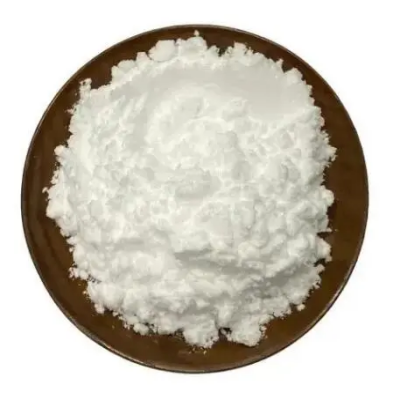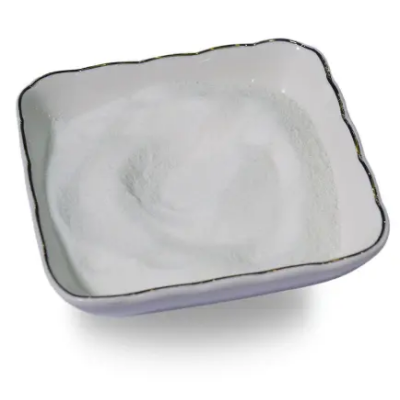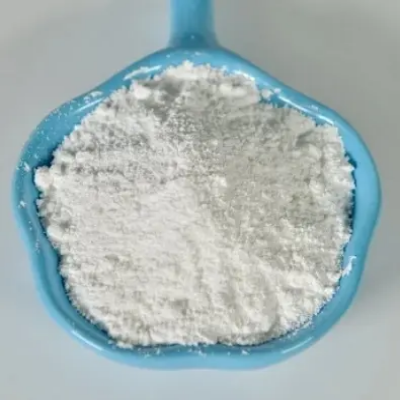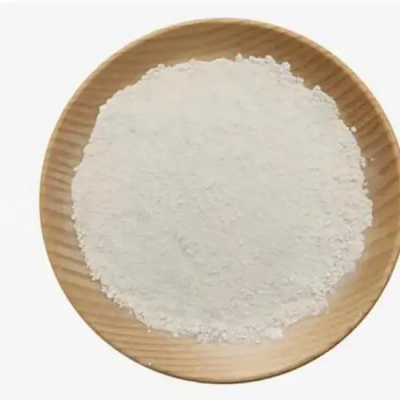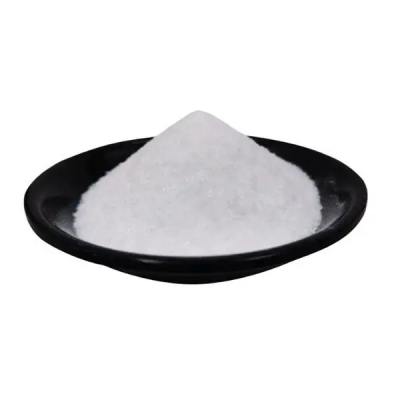Triethylsilane CAS:617-86-7
Triethylsilane finds diverse applications in organic synthesis, catalysis, and materials science due to its versatile reactivity and unique properties. Some key uses include: Reduction Reagent: Triethylsilane is employed as a powerful reducing agent, particularly for the reduction of functional groups such as carbonyls, imines, and halogens. Its strong hydridic nature enables controlled and selective reductions, making it a valuable tool in the synthesis of pharmaceutical intermediates, natural products, and fine chemicals. Silylation Reactions: In organic synthesis, triethylsilane is utilized in silylation reactions where it serves as a source of silyl radicals. These radicals can selectively transfer the silyl group to organic substrates, leading to the formation of silyl ethers or facilitating carbon-silicon bond formation. This process is crucial for protecting sensitive functional groups and for modifying the reactivity and properties of organic molecules. Hydrosilylation: Triethylsilane participates in hydrosilylation reactions, where it acts as a source of hydride ions to add silicon-hydrogen bonds across unsaturated carbon-carbon double or triple bonds. This process has significant applications in the modification of organic compounds, the production of specialty chemicals, and the preparation of functional materials. Radical-Based Chemistry: As a source of silyl radicals, triethylsilane is utilized in radical-based transformations, including radical cyclizations, cross-coupling reactions, and radical additions to unsaturated compounds. These reactions enable the construction of complex molecular structures and the preparation of advanced materials with tailored properties. Catalyst Application: Triethylsilane is employed as a co-reductant in various catalytic processes and metal-mediated reactions. It participates in tandem catalytic systems and helps generate reactive intermediates, facilitating cross-coupling reactions, hydrogenation processes, and other catalytic transformations. Materials Science: In the field of materials science, triethylsilane is used in the functionalization of surfaces, the modification of polymers, and the preparation of silicon-containing materials with specific properties, such as hydrophobicity, adhesion, or electronic characteristics. In summary, triethylsilane plays a crucial role in organic synthesis, catalysis, and material science. Its application as a reducing agent, a source of silyl radicals, and a reagent for hydrosilylation and radical-based chemistry makes it an essential tool for researchers and synthetic chemists working in academia, industry, and various fields of chemical research and development.



| Composition | C6H16Si |
| Assay | 99% |
| Appearance | white powder |
| CAS No. | 617-86-7 |
| Packing | Small and bulk |
| Shelf Life | 2 years |
| Storage | Store in cool and dry area |
| Certification | ISO. |


